Nanopi R4S Review, Specs, Features, and Highlights
Nanopi R4S
FriendlyElec is expected to launch a new Nanopi R4S SBC. This is a small complete computer on a circuit board. The SBC is based on the Rockhip RK3399, powered with six ARM cores CPU with a combination of Cortex-A72 dual-core and Cortex-A53 quad-core next to a Mali-T864 graphics unit.
The Nanopi R4S is a headless system without a display interface. But it can be used as a printer server, network router, file server, or for various purposes that do not require a screen.
Hardware
Compared to its predecessor NanoPi R2s FriendlyElec offers 1 GByte or 4 GByte DDR3 RAM configurations on a small PCB measuring 66 x 66 mm, so the board is very compact and can be placed almost in every environment without occupying too much space. There is no eMMC flash on board, but a micro SD card socket/slot comes built-in on the board capable of loading Linux systems on the memory card.
The board comes with two USB 3.2 Gen 1 socket, an onboard USB 2.0 header, and a micro USB connection for the power supply. Two Gigabit Ethernet sockets (RJ45) make the mini-computer interesting for network applications along with an external 10-pin GPIO interface.
Specifications
- SoC: Rockchip RK3399
- RAM: 1GB DDR3/4GB LPDDR4
- Ethernet: one Native Gigabit Ethernet, and one PCIe Gigabit Ethernet
- CPU: big.LITTLE,Dual-Core Cortex-A72(up to 2.0GHz) + Quad-Core Cortex-A53(up to 1.5GHz)
- GPU: Mali-T864 GPU,supports OpenGL ES1.1/2.0/3.0/3.1, OpenCL, DX11, and AFBC
- VPU: 4K VP9 and 4K 10bits H265/H264 60fps decoding, Dual VOP, etc
- PMU: RK808-D PMIC, cooperated with independent DC/DC, enabling DVFS, software power-down, RTC wake-up, system sleep mode
Interfaces:
- USB: two USB 3.0 Type-A ports
- Pin header extension interface
- 2×5-pin header: SPI x 1, I2C x 1
- 4-pin header: USB 2.0
- microSD Slot x 1
- Debug: one Debug UART, 3 Pin 2.54mm header, 3V level, 1500000bps
- LEDs: 1 x power LED and 3 x GPIO Controlled LED (SYS, LAN, WAN)
Others:
- 2 Pin 1.27/1.25mm RTC battery input connector
- one UserKey
- one 5V Fan connector
- Power supply: DC 5V/3A, via USB-C connector or Pin header
- PCB: 8 Layer, 66 mm x 66 mm
- Ambient Operating Temperature: -20℃ to 70℃
Nanopi R4S Layout
[Nanopi R4S Front view]
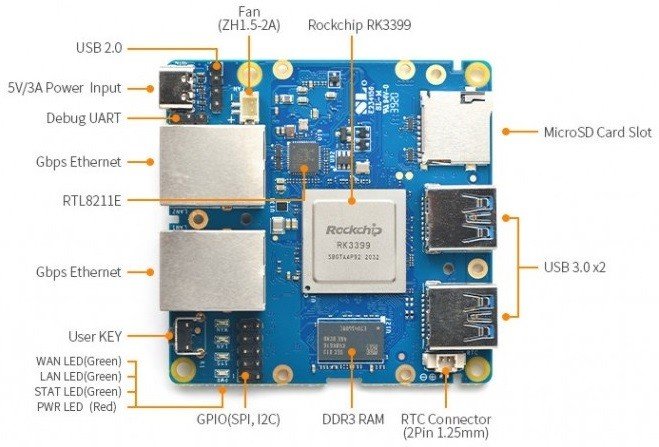
[Nanopi R4S Back view]

What’s included (Default package)
As mentioned previously. The Nanopi R4S is powered by a Rockchip RK399 SoC equipped with a 6-core (Hexa Core) CPU, which is considered to be a high-end performance chip for SBCs. You can buy the board as a bare board without any extra accessories, but we definitely recommend buying the metal case and, if really needed, also a 5V 4A power supply unit.
Prices:
- NanoPi R4S bare board with 1GB DDR3 RAM for $45
- NanoPi R4S bare board with 4GB LPDDR4 RAM for $55
- NanoPi R4S with 1GB DDR3 RAM + metal case for $59
- NanoPi R4S with 4GB LPDDR4 RAM + metal case for $69
Nanopi R4S
All Metal Case
Case Design
From our impression, FriendlyElec invests highly in manufacturing a superb all-metal case that fits perfectly with the Nanopi R4S board and also has a great modern external design. The case is composed of two parts—the main cover, plus the button cover.
Nanopi R4S All Metal Case
Case Assembly
Assemble is very straightforward. To assemble the board inside the case, you will first put the thermal pad on top of the CPU and position it carefully inside the case.
In step two, you will need to connect the board to the case using a pair of Philips-type screws, and finally assemble the bottom cover with an additional four Philips screws. FriendlyElec included four silicon legs you can add on top of the screws. If for some reason, you will need to open the case, you can skip adding them.
Nanopi R4S Case + Board
Passive Cooling
You will not find any fan inside the Nanopi R4S case. Therefore, it’s quiet and not noisy. The heat convection is done through direct contact between the Nanopi R4S RK3399 Processor Chip and the case shell using a conductive thermal pad also included with the Case kit.
HSF (Heat Sink and Fan)
If you decided not to use a metal case and design/ customize your own, you will most likely need to buy a heatsink with a built-in fan. FrienldyElec Heatsink is designed to fit the Nanopi R4S PCB mounting holes flawlessly. Please note that this item is not yet available in FriendlyElec’s store and is expected to go on sale in a few weeks. When we will have more information we will post more details about it including the price.
Nanopi R4S Heatsink (optional)
| __| _(_)___ _ _ __| | |_ \ \ / / _ \_ _|
| _| '_| / -_) ' \/ _` | | || \ \/\/ /| / | |
|_||_| |_\___|_||_\__,_|_|\_, |\_/\_/ |_|_\ |_|
|__/
-----------------------------------------------------
FriendlyWRT 19.07.4, r11208-ce6496d796
-----------------------------------------------------
root@FriendlyWrt:~# cat /sys/class/thermal/thermal_zone0/temp
30555According to our tests (Idle / very light usage)
- Core CPU temperature: ~26-36C
- Power: 3W >



Designed also for Industrial Applications
Because the board is completely made of metal, it can be used inside factories or “hostile” environments considered dirty and none ideal for running an SBC. This metal is very capable of providing great protection for the board. FirendlyElec also included a 1/4 inch mm screw thread located on the right side of the case that can be used to mount the unit almost everywhere, including walls.
Interfaces
Similar to the previous NanoPi R2S SBC, the NanoPi R4S comes with two Ethernet interfaces. One for WAN and a secondary port for LAN. For the power supply interface, FriendlyElec used a USB Type C interface, which is very comfortable too. The only problem we had was with the short length of the USB Type C (~30cm) which can be pretty limiting for most users.
Power button
An onboard power button wasn’t added in the new NanoPi R4S. If you are not planning on powering the board 24×7, we strongly advise buying a USB Type C cable with a built-in on/off power switch.
Software
As most FriendlyElec SBCs, likely, the new expected Nanopi R4S board will mainly support Ubuntu/ OpenWRT Software. Obviously, It’s pretty limiting in terms of software support having only two Linux distributions.
Most users would find Nanopi R4S valuable for running OpenWrt distribution as a portable router/gateway/monitoring device capable of running various services that also can be used wisely to improve a small local network security protection against cyber attacks with its advanced firewall features.
htop running under FriendlyWrt (OpenWrt 19.07.4 r1120)

NanoPi R4S Review – Verdict
In our opinion, the combination of the NanoPi R4S board, including the case, is an excellent choice for users seeking a high-performance SBC for applications that do not require a video output. The quality of the NanoPi R4S, including all accessories provided for this review, was excellent and above average.
FriendlyElec NanoPi R4S can be used for a wide selection of IT applications. A few useful applications are listed in the table below:
Application Type | Description | – |
Advanced Firewall | firewall zones over all network interfaces. | |
Print Server | Printing over the network | |
Proxy Server | For a small home network | |
WordPress Server | For testing & debuging | |
NAS Server | Samba | |
Docker CE | a free and open source containerization platform. | |
Monitoring | Bandwidth monitoring | |
Adblock | The most popular ad blocker. It can block Block pop-ups and annoying ads on websites. | |
VPN Support | Configure multiple VPN profiles | |
Dynamic DNS | Manage multiple DNS address |
Personal Insights
We strongly think that the NanoPi R4S could have been more successful as a personal router device with additional 2-3 LAN ports. The few extra ports could have made a huge impact running FriendlyWrt (OpenWrt) by offering more useful features this advanced distribution has to offer like WAN Bonding, which is impossible to accomplish with a single LAN port.
Final verdict
- Design
- Quality
- Value for Money
- Dual gigabit Ethernet ports
- Software Support
- No WiFi

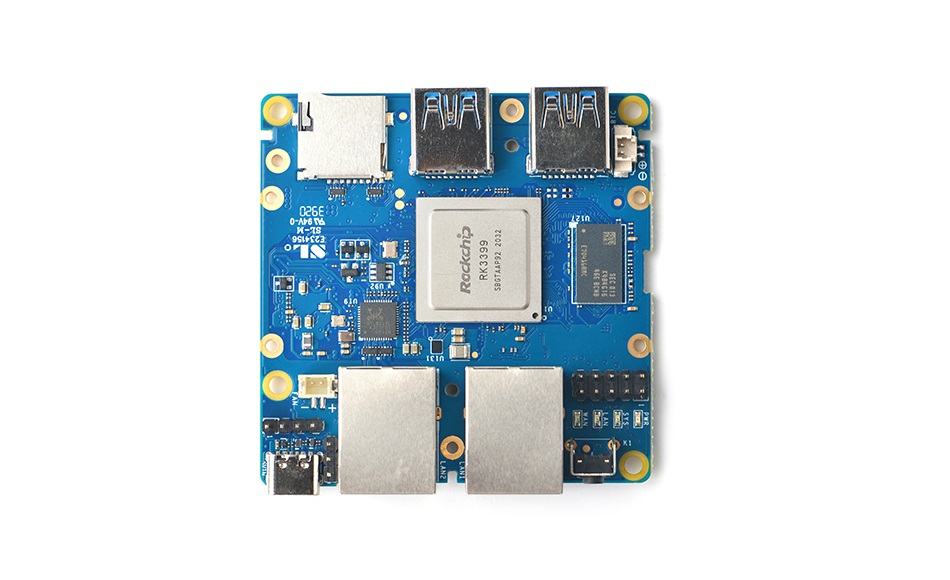



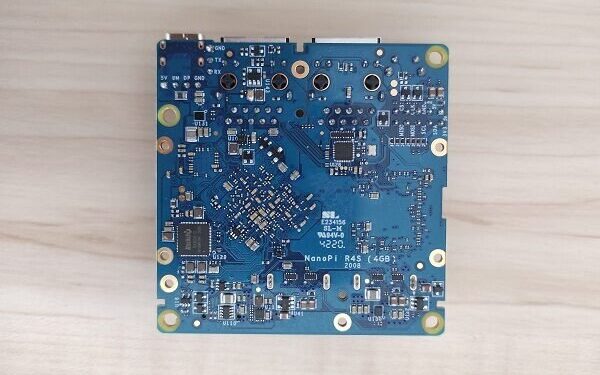



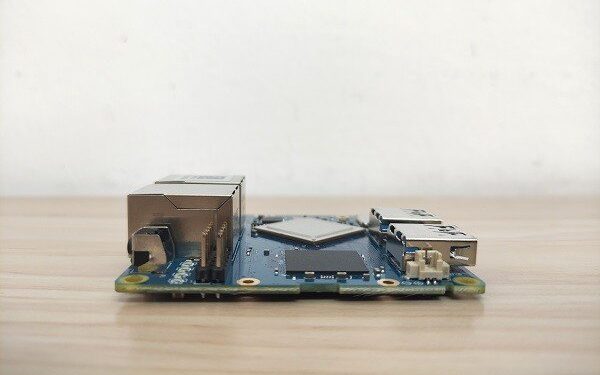

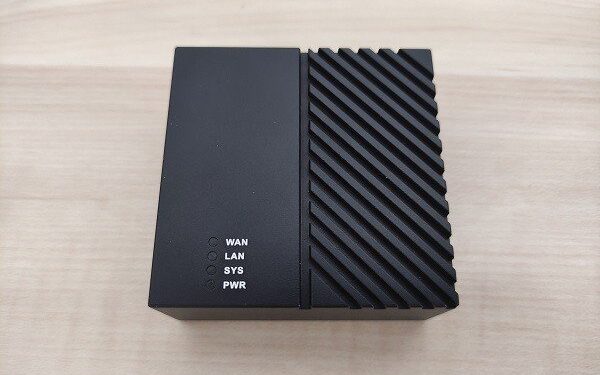





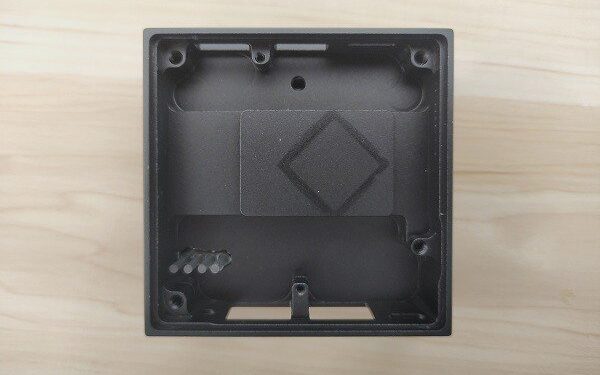






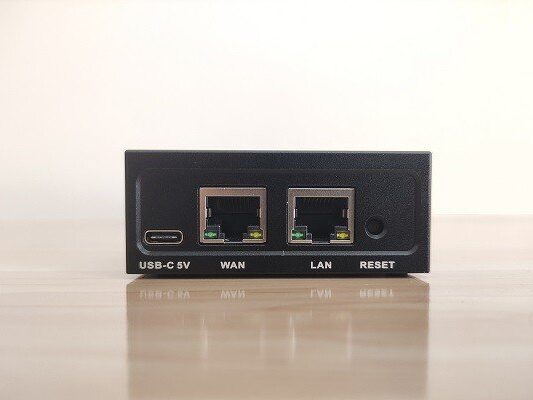











How could you miss best OS? https://www.armbian.com/nanopi-r4s/
Hi.
I’m not sure it’s the best one. Just didn’t have the time to Test.